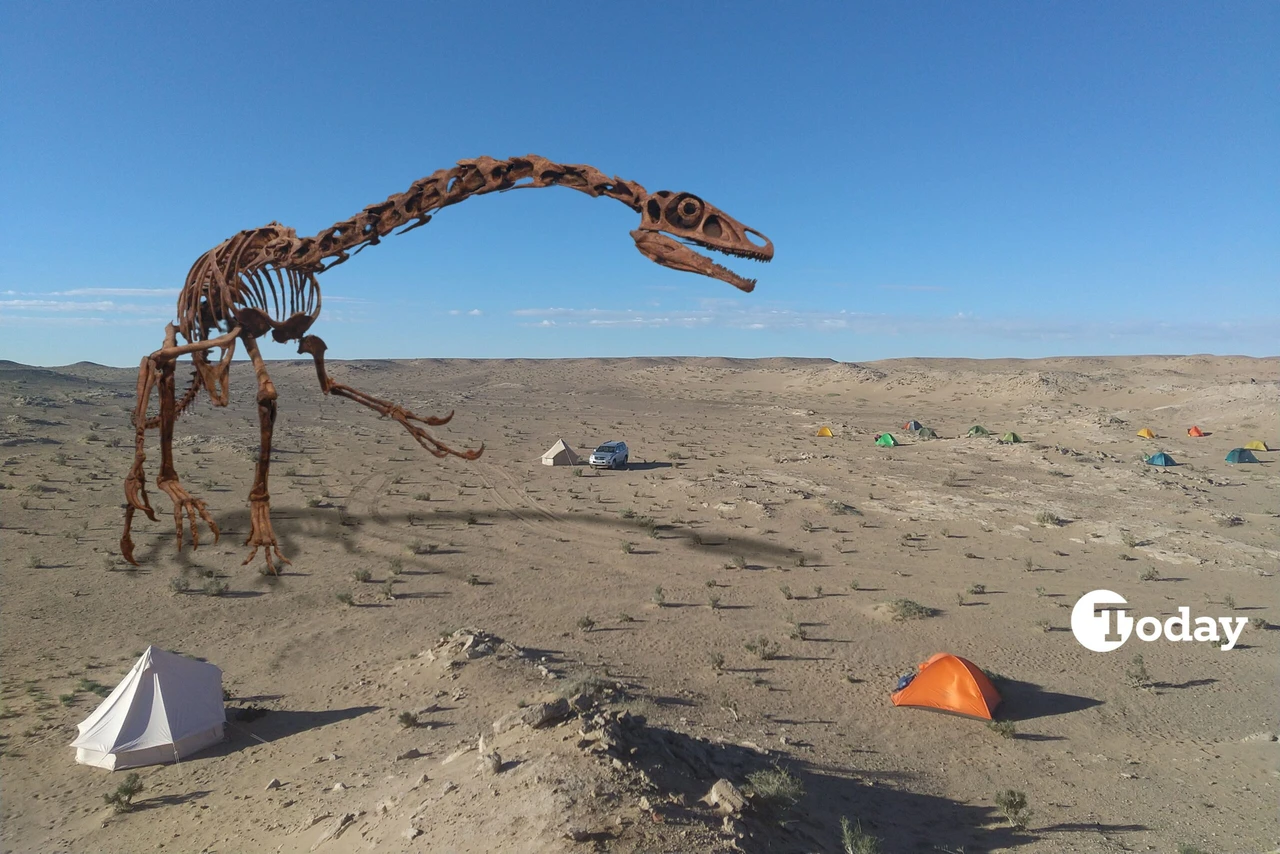Ancient Mars: Curiosity rover’s discovery of Earth-like environments

Curiosity rover’s ChemCam reveals high manganese levels in Gale Crater rocks, hinting at ancient Martian shorelines resembling those on Earth
A research team utilizing NASA’s ChemCam instrument onboard the Curiosity rover has uncovered intriguing evidence suggesting an arth-like environment in ancient Mars. Their discovery of elevated manganese levels in lakebed rocks within Gale Crater on Mars, published in the Journal of Geophysical Research: Planets, points to sediment formation in a river, delta, or near the shoreline of an ancient lake.
Patrick Gasda, from Los Alamos National Laboratory’s Space Science and Applications group and lead author of the study, remarked, “It is difficult for manganese oxide to form on the surface of Mars, so we didn’t expect to find it in such high concentrations in a shoreline deposit.” Unlike Earth, where such deposits are common due to atmospheric oxygen produced by photosynthetic life and microbial activity, Mars lacks evidence of life, raising questions about the mechanism behind manganese oxide formation.
ChemCam, developed by Los Alamos and CNES, employs a laser to induce a plasma on rock surfaces, enabling elemental composition analysis. The sedimentary rocks examined by Curiosity consist of sands, silts, and muds, with sandy rocks being more porous and conducive to groundwater percolation compared to muds predominant in the lakebed.
The research explores manganese enrichment mechanisms, potentially through groundwater percolation along lake shores or delta mouths, and the oxidant responsible for manganese precipitation. On Earth, oxygen-enriched environments facilitate manganese enrichment, a process often accelerated by microbial activity. Such features hint at habitable environments in ancient Mars, resembling Earth’s oxic lake shores, fostering excitement about Martian geological similarities.
Source: Newsroom



